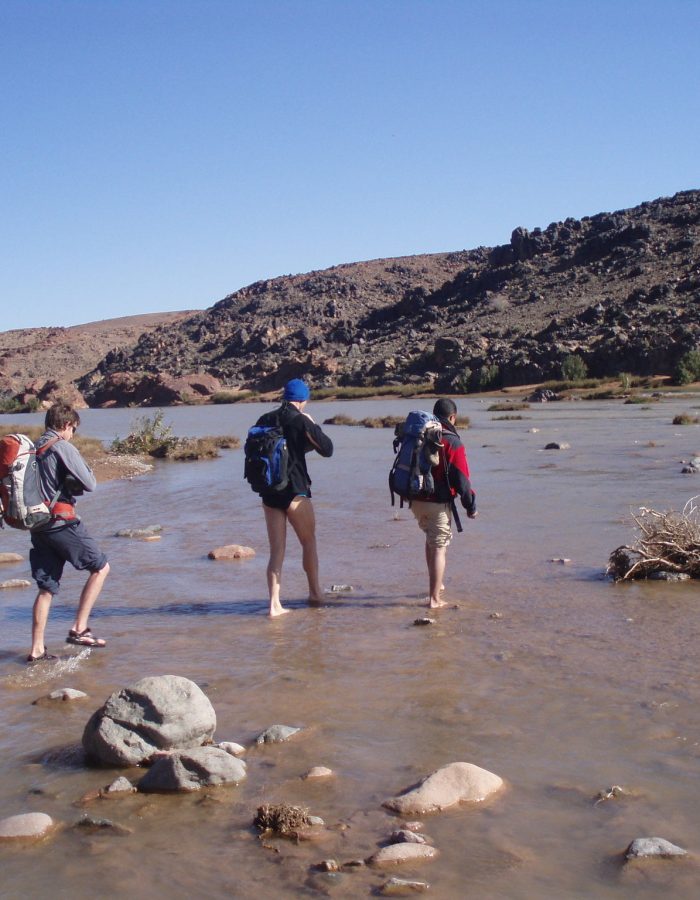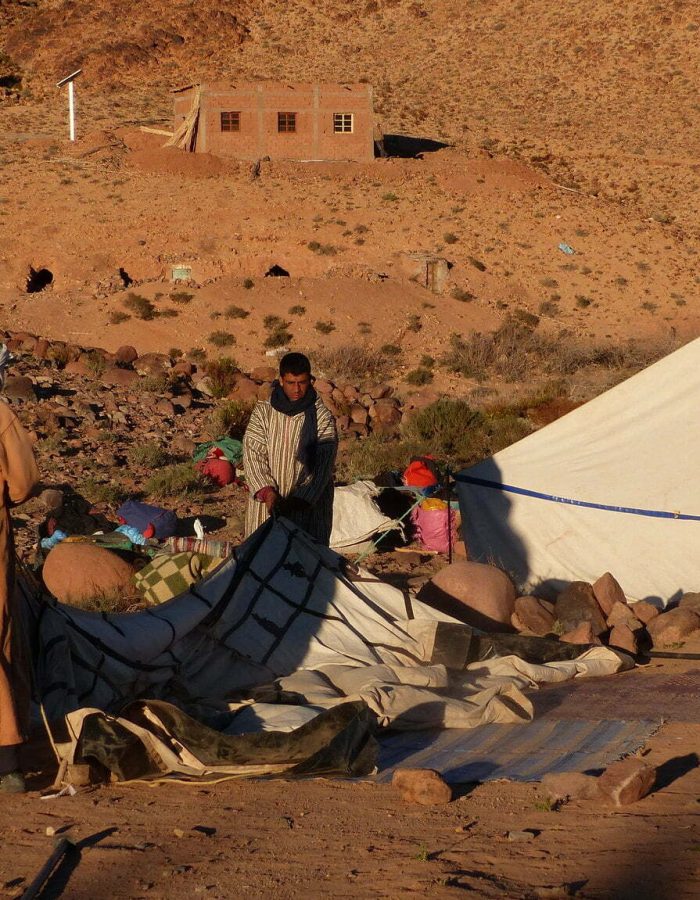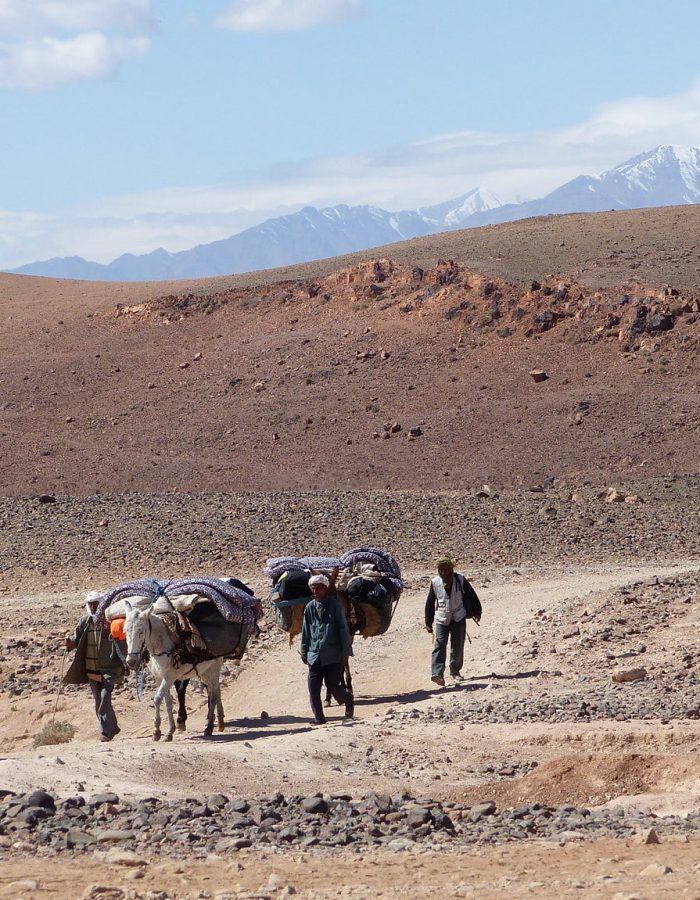
Mt Saghro
Discover Morocco's enchanting mountains and deserts
Nestled in the southeastern region of Morocco, the magnificent Jebel Saghro stands as a testament to the country’s awe-inspiring natural beauty. This majestic mountain range, known locally as “Jebl Saghro,” stretches across an expanse of rugged terrain, captivating adventurers and nature enthusiasts alike. With its unique geological formations, vibrant flora and fauna, and a rich cultural heritage, Jebel Saghro has emerged as a must-visit destination for those seeking an unforgettable experience off the beaten path.
Rising as a sentinel between the High Atlas and the Sahara Desert, Jebel Saghro spans approximately 200 kilometers, encompassing a diverse array of landscapes that range from towering peaks to deep canyons and sweeping plateaus. Its rocky outcrops, sculpted by the passage of time, create a dramatic panorama that entices hikers, mountaineers, and photographers to explore its rugged trails and capture its awe-inspiring vistas.
Adventurers visiting Jebel Saghro can partake in a myriad of activities, including trekking expeditions, rock climbing, and camping under the starry desert sky. The captivating landscapes, combined with the warm Berber hospitality, create an immersive experience that transports visitors to a world untouched by modernity.
Whether seeking solitude amidst nature’s grandeur or yearning to explore the vibrant tapestry of Moroccan culture, Jebel Saghro offers a captivating escape from the bustling cities and tourist hotspots. With its rugged beauty, rich biodiversity, and cultural heritage, this Moroccan gem beckons travelers to embark on an unforgettable journey into the heart of North Africa’s hidden treasures.






Geography:
Located in southeastern Morocco, Jebel Saghro boasts a captivating geography that sets it apart as a unique and alluring destination. The mountain range spans an expansive area, stretching approximately 200 kilometers from the High Atlas Mountains to the fringes of the Sahara Desert.
Jebel Saghro’s topography is characterized by a rugged and diverse landscape. The towering peaks, some reaching heights of over 2,700 meters, dominate the skyline, creating a majestic backdrop against the horizon. These peaks are often jagged and rocky, shaped by millions of years of geological forces, and they offer breathtaking views for those who dare to conquer their summits.
Interlaced within the mountain range are deep canyons and gorges, carved by ancient rivers over millennia. These dramatic geological formations add to the allure of Jebel Saghro, providing opportunities for exploration and discovery. Hikers and adventurers can venture into the depths of these canyons, marveling at their sheer cliffs, hidden waterfalls, and intriguing rock formations.
Jebel Saghro also boasts expansive plateaus, vast stretches of flat or gently rolling terrain that offer a unique contrast to the towering peaks. These plateaus, covered in sparse vegetation and rocky outcrops, present a striking visual spectacle and provide ample space for trekkers and campers to immerse themselves in the region’s natural beauty.
One of the notable features of Jebel Saghro is its transitional position between the High Atlas Mountains and the Sahara Desert. As a result, the mountain range experiences a blend of Mediterranean and Saharan climates. Summers can be hot and dry, with temperatures soaring during the day, while winters bring cooler temperatures and occasional snowfall at higher elevations. This climatic diversity contributes to the unique flora and fauna found in the region, with hardy plants and animals adapted to the arid conditions.
Jebel Saghro’s geographical location and distinctive terrain make it an ideal destination for outdoor enthusiasts, nature lovers, and those seeking a deeper connection with the natural world. The stunning vistas, challenging trails, and the opportunity to witness the convergence of different ecosystems create an unforgettable experience for visitors to this remarkable Moroccan mountain range.
Nomads:
Families of nomads reside in the Jbel Saghro area and stay there during the winter. They are semi-nomadic people that travel to Ait Bougemez (Paradise Valley) in the summer with their herds of sheep and goats. To move their things, they use camels, mules, and donkeys. When they relocate to more permanent locations in search of a better living and to guarantee that their children receive an education, their numbers are shrinking.

